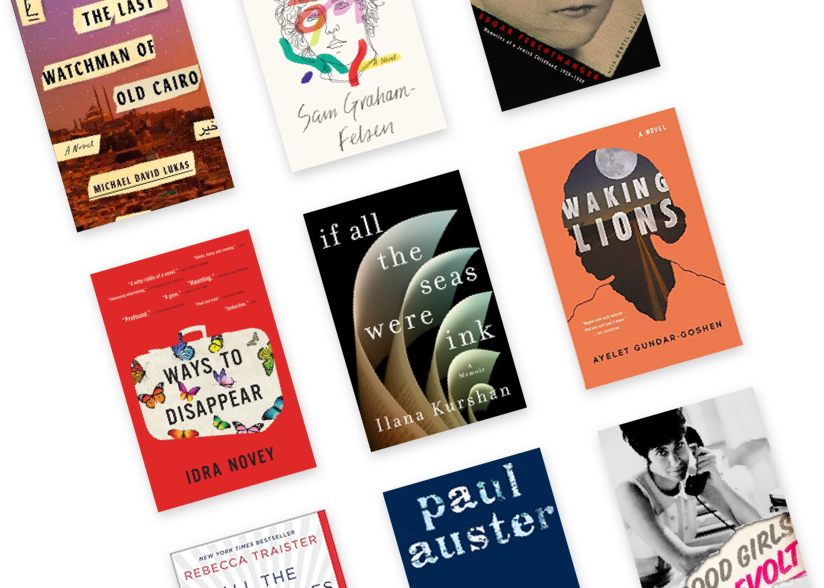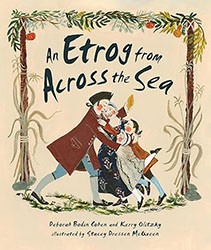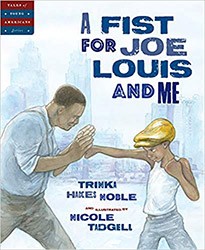Samuel, a Jewish apprentice to the sixteenth-century Dutch painter Rembrandt, is eager to prove himself by taking on tasks more significant than simply cleaning brushes. Other apprentices progress more quickly because they can spend full days in the studio; Samuel spends half of each day in yeshiva learning holy Jewish texts. His father insists that he continue his yeshiva studies although Samuel argues that Rembrandt’s paintings of biblical themes are important as well.
One day, the master artist is set to paint the scene of Queen Esther with Haman and Ahasuerus at the royal court. The model portraying the Queen feels she knows what a queen should look like — haughty and proud. She is unable to understand that Queen Esther was, in addition to being beautiful, both modest and humble. This model wishes to preen and flaunt her beauty and is unwilling to pose in a manner befitting the heroine of the Purim story. She storms off in a huff, leaving Rembrandt in need of a replacement model if he is to complete his masterpiece. Samuel suggests his sister who not only is beautiful and modest, but also has an understanding of the qualities needed to portray an accurate Queen Esther. When his father hears the plan, he objects, but Samuel persuades him that his sister’s participation would be appropriate and valuable. Rembrandt is grateful and sees Samuel differently from that day on. He now appreciates his skills and devotes himself to furthering Samuel’s development as an artist. Samuel begins to paint and uses what he has learned in yeshiva to make the Purim story come alive on the canvas. Both Rembrandt and Samuel’s father agree that Samuel’s contributions are worthy of praise.
This beautiful and artistic rendering of the Purim story is accompanied by soft and richly colored illustrations in the style of Rembrandt’s paintings. Along with the text, they strongly evoke a sense of time and place. An original and interesting appendix details the Purim story by placing the explanations in classic-style frames hanging on a museum wall. A short but detailed biography of the world-renowned artist, written by a professor, follows the text. It not only describes Rembrandt’s life, but also the Jewish history that is reflected in his art.
Michal Hoschander Malen is the editor of Jewish Book Council’s young adult and children’s book reviews. A former librarian, she has lectured on topics relating to literacy, run book clubs, and loves to read aloud to her grandchildren.





